Program Report on MSDC’s June 7 presentation by Patrick Rowe
Summary by Andy Thompson, MSDC Secretary
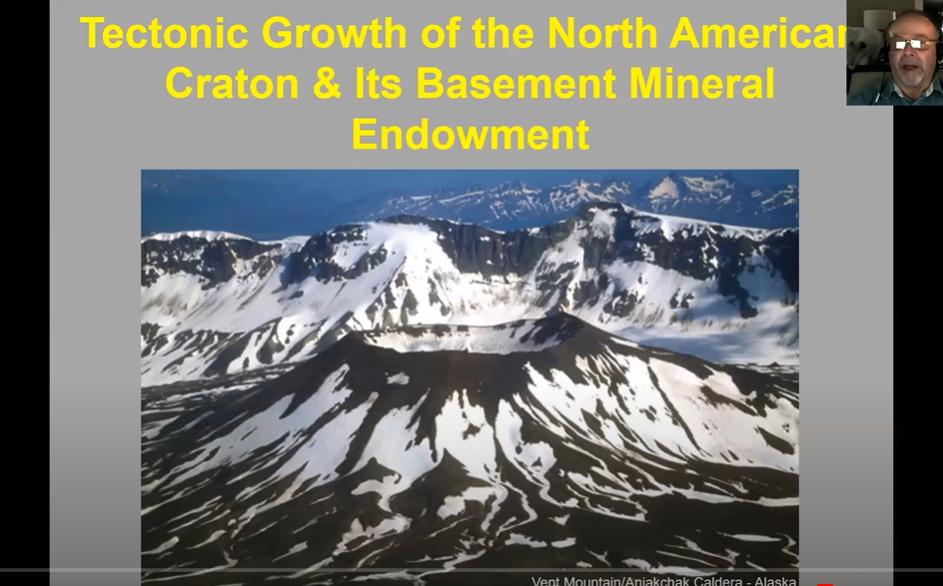
Patrick Rowe, Project Engineer for Los Alamos National Laboratory, has been collecting rocks for more than four decades. He serves in leadership roles for the Los Alamos Geological Society and the Rocky Mountain Federation of Geological Societies.
The above title of Patrick’s presentation concisely summarizes the focus of his talk. He began by explaining “how and why he developed this presentation” which highlights how the tectonic plate activity over millions of years resulted in concentrating mineral deposits in certain areas across North America.
He credited Virgil Lueth, a senior geologist with the New Mexico Bureau of Geology and Mineral Resources, for helping his pursuit of this question. More than a year earlier, Patrick, in a symposium in Socorro, NM, overheard Leuth saying words to the effect that:
“one of the reasons we have so many minerals in Arizona and New Mexico is because of tectonics, the way the geological processes scraped up smokers and deposited those basement minerals in Southern New Mexico and Arizona.”
Patrick told MSDC listeners that Dr. Lueth’s comment got him thinking along new lines. So, Patrick subsequently discovered relatively new computer simulation programs that helped him to sketch the tectonic changes which took place in the North American continental pluton over hundreds of millions of years.
Patrick recounted that he then presented these findings at a recent Tucson symposium. Upon hearing it, geologist Dr. Ed Raines, Curator of the Colorado School of Mines, enthusiastically responded that this was a totally new understanding. He recruited Patrick to give the presentation not only to the School of Mines community, but also to the staff of the geology museum as well.
Seeing such enthusiastic receptions from the geological community, Patrick humbly noted, is why he has been happy to make this presentation available to many audiences, including now to MSDC. The talk has two parts, he noted:
1) Growth of the North American craton, noted below as the Precambrian tectonic growth of the continental plate (4,500 to 538 million years ago), and
2) Tectonic processes by which the mineral deposits of the mantle and basement rock rose to the crust and where today’s miners have been gaining access to them.

For starters, Patrick provided an overview of the basic terms and concepts so his audience could follow his explanation of the craton’s growth and how the deeper layers and minerals rise toward the crust.
The illustration below, for example, shows (on the right) the earth’s upper structures including the craton (brown), the ocean basin (blue), the upper mantle’s lithosphere (green) and the lower mantle’s hot Asthenosphere (purple to red). They are the Earth’s upper building blocks which, when compressed, interact to bring about changes in the geological structures.
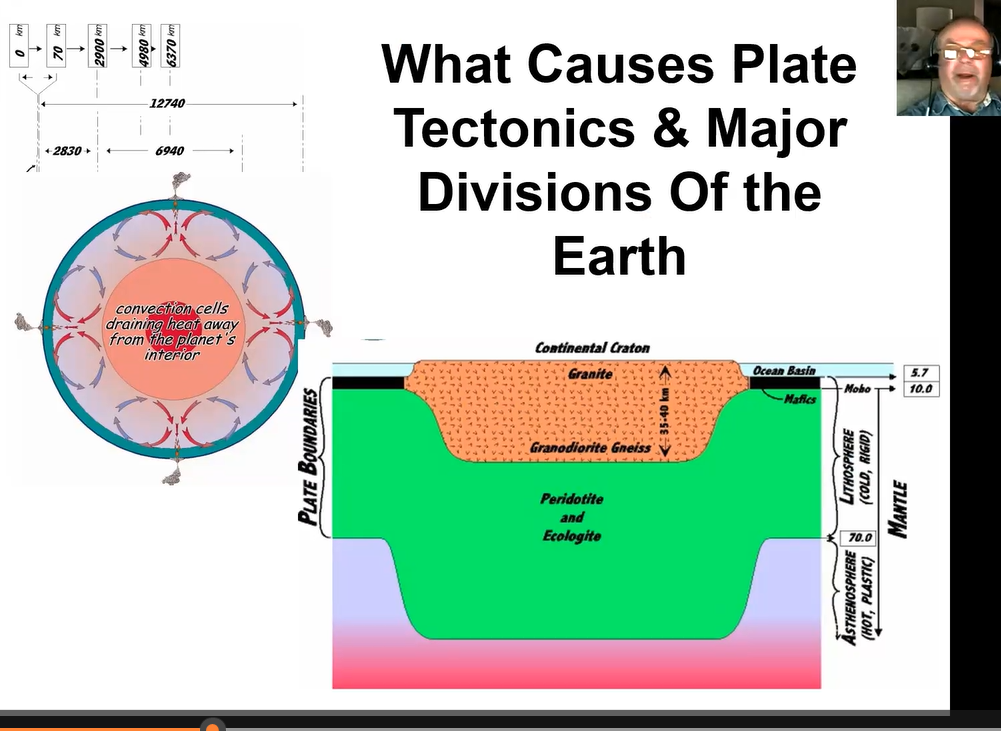
As an example, Patrick explained diverse ways the layers interact and change within the early continental formations. One example below begins with the heavier mafic rock (on the right) subducting and, with heating, morphs into felsic rock which ascends.
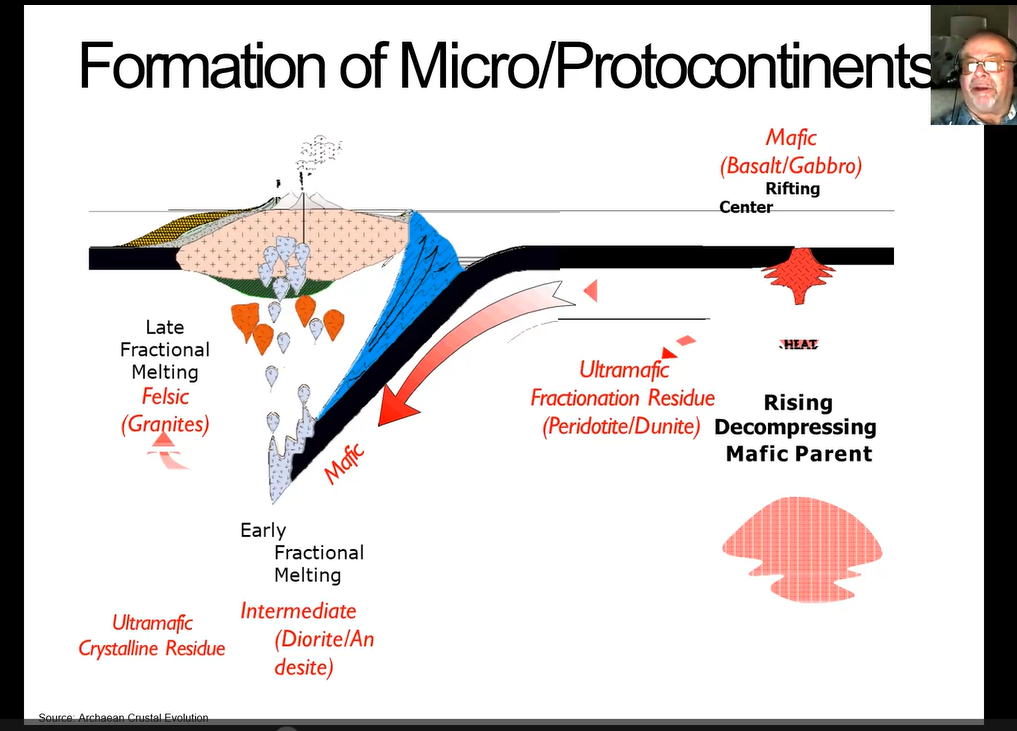
Viewers who want to gain insights into Patrick’s vision about how tectonic processes brought a wealth of Earth’s basement mineral resources closer to the surface and available for mining, would do well to tap into this link to his talk, now on YouTube. It gives you access to Patrick’s entire 41-minute presentation, followed by a wonderful question and answer session.
But if you want a little more incentive to encourage you to watch the video of this excellent analysis, here are a few of Patrick’s intriguing and insightful statements.
Referring to the above illustrated process concerning the mafic and felsic rock, and the density differences among the two types of rock shown in the picture below, the dynamics become crystal clear.

As Patrick noted: “The basics of physics play an incredible role in everything we are going to be talking about (tonight).”
The key to understanding the tectonic processes that built the North American craton is to study the different types of compressions from plate to plate as continental and oceanic plates interact and leave behind diverse types of arcs, mountains, and troughs. He explained, for example, that the Banda Arc (Indonesia) is a perfect example for illustrating the same processes that formed today’s North America (Laurentia). The illustration below provides images of the many micro plates and eventually made up the North American plate.
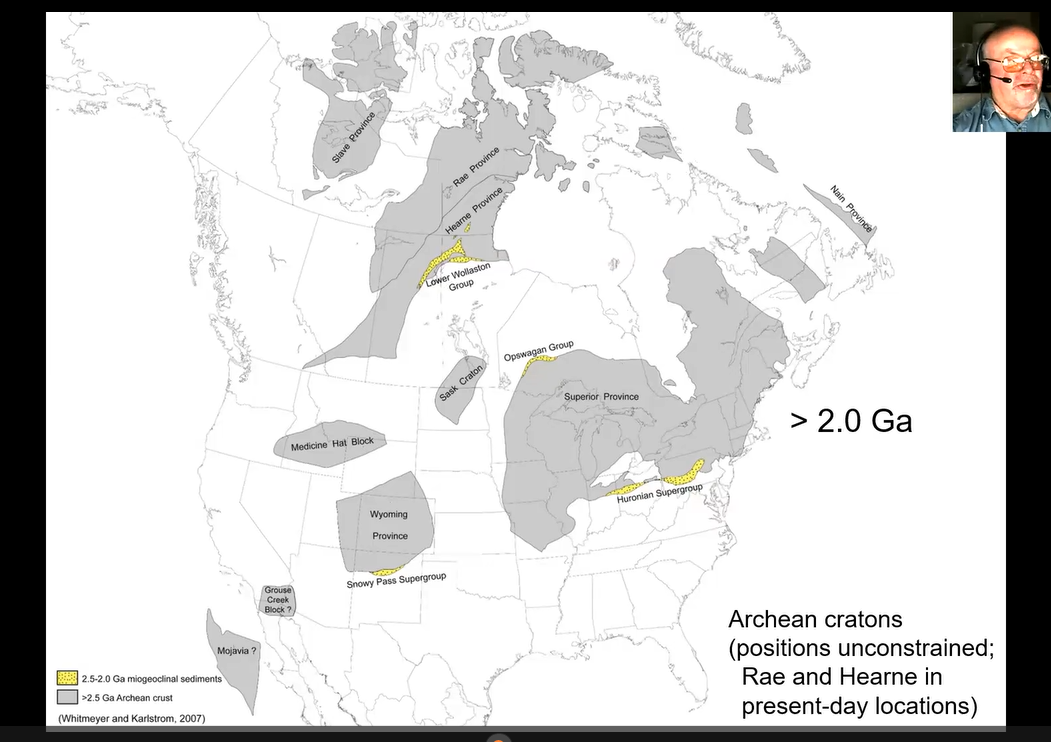
Patrick led his audience through a step-by-step history of plate collisions from the east coast to the west coast of what is now North America. The result of these processes is captured and illustrated in the image below.
There were many surprises throughout his presentation. The readers of this overview, for example, may want to ask themselves: What key role granite might play in the formation of the North American craton? Patrick's YouTube video provides the answer.
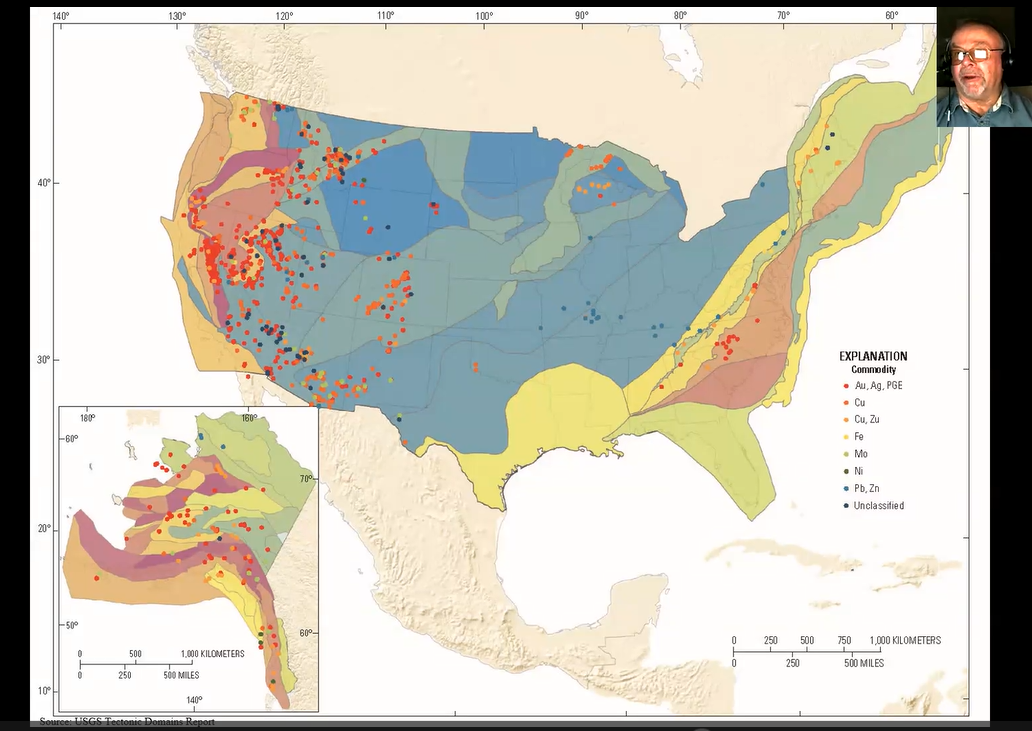
The different colored dots in the above map show the major mining sites found throughout the United States. This key finding of Patrick’s research is also where the first and second parts of the story come together.
The colored dots correspond to regions where the plate collisions and tectonic forces enabled the basement rock, with its rich mineral endowment, to rise up into the crust, thereby making the mineral endowment accessible for mining.
Again, for more information about this interesting topic, please see Patrick's presentation YouTube by clicking on the below:
The North American Craton: its tectonic growth and mineral endowment - PatrickRowe
The evening’s program concluded with Patrick fielding questions which yielded richer understandings for his grateful audience. It was clear to his listeners why Dr. Ed Raines, Curator of the Colorado School of Mines, responded so enthusiastically when he heard Patrick’s Tucson presentation.
President Kenny Reynolds thanked Patrick and the audience signaled its appreciation with enthusiastic and sustained applause.
